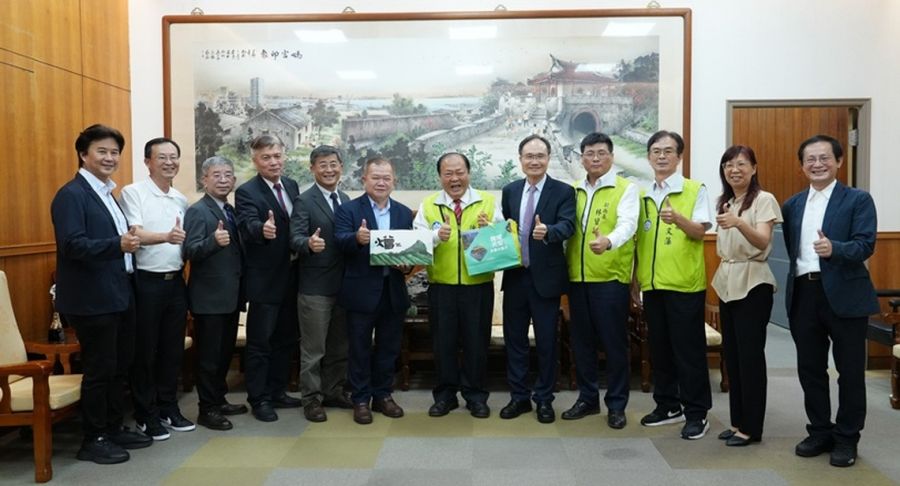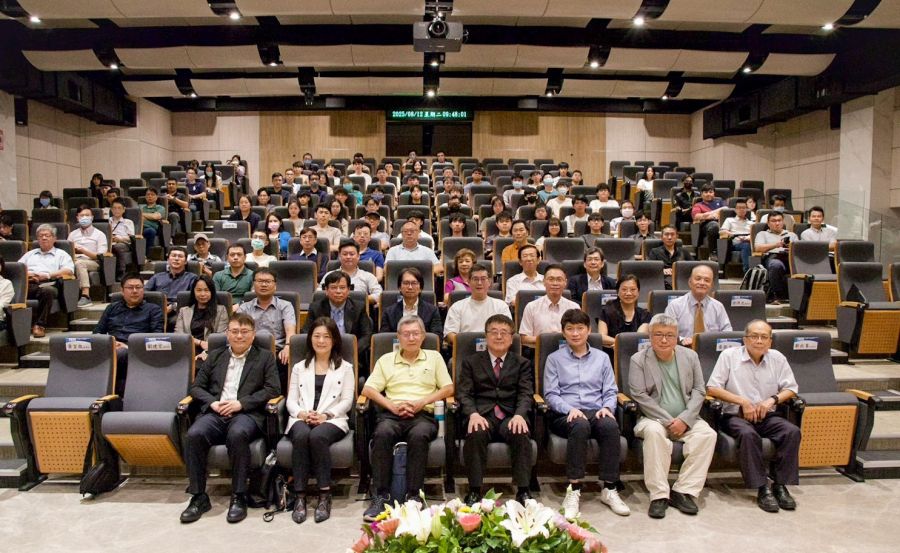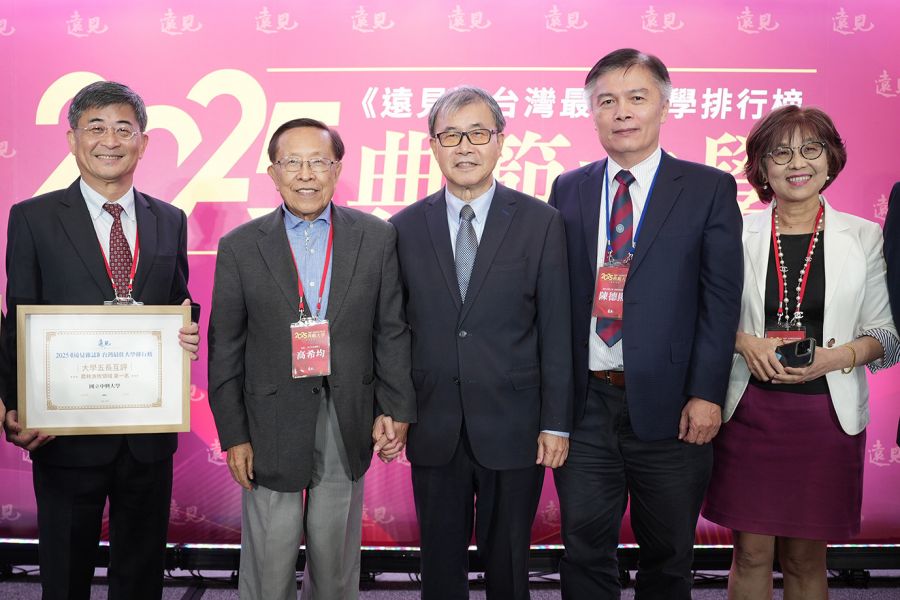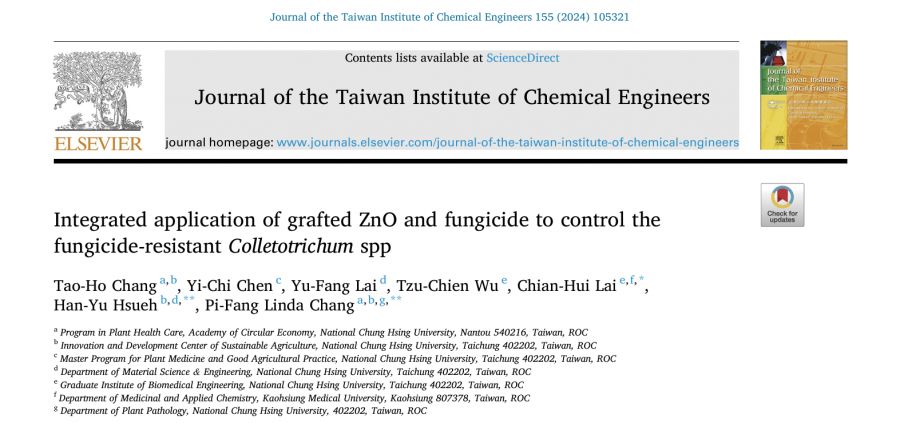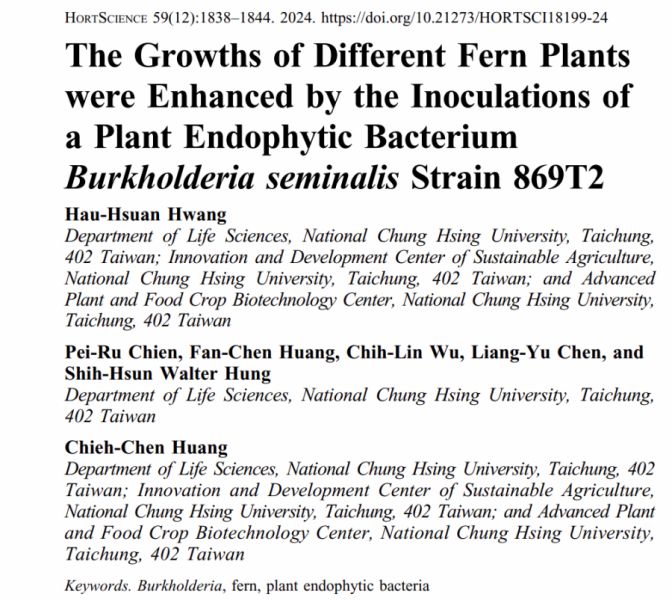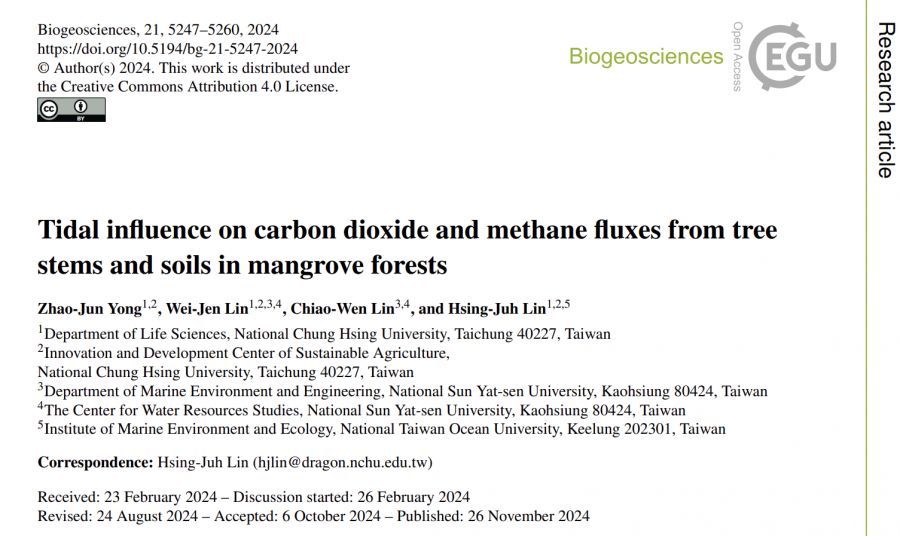| 論文篇名 | 英文:Oxidation characteristics of commercial copper-based lead frame surface and the bonding with epoxy molding compounds 中文: |
| 期刊名稱 | MICROELECTRONICS RELIABILITY |
| 發表年份,卷數,起迄頁數 | 2019,99(8),161-167 |
| 作者 | Chao, Shih-Chieh; Huang, Wei-Chen Huang; Liu, Jen-Hsiang Liu; Song, Jenn-Ming *(宋振銘); Shen Po-Yen; Huang, Chi-Lin; Hung, Lung-Tang; Chang, Chin-Huang |
| DOI | 10.1016/j.microrel.2019.05.020 |
| 中文摘要 | |
| 英文摘要 | This study investigates surface oxidized layers of Cu-Fe-Zn-P (C194) and Cu-Ni-Si-Mg (C7025) lead frames under different oxidation conditions and their influence on the adhesion of epoxy molding compounds with lead frames. Micro-etching and electroplating are adopted to roughen the surface. Isothermal heat treatments which simulate molding and curing processes, as well as high temperature aging, are carried out to oxidize lead frame surface. According to the absorption peaks of FTIR (Fourier transform infrared spectroscopy) spectra, the topmost surface of the oxide layer can be easily identified. In combination with the reduction potential and time obtained from the coulometric reduction test, the variation of oxide phases along the through-thickness direction can also be revealed. Experimental results show that in addition to surface roughness, surface oxides and their thickness play more important roles in the interfacial strength between lead frames and epoxy molding compounds. In the case of the surface with one single Cu2O layer, an increase in oxide layer results in a decrease in bonding strength. Once the topmost surface forms CuO, the bonding strength could be enhanced due to a greater surface energy. Compared with electroplated C194, the thinner surface oxide layer and thus better performance in adhesion strength for electroplated C7025 can be ascribed to the immersion Ag surface treatment. |
Oxidation characteristics of commercial copper-based lead frame surface the bonding with epoxy molding compounds 2019-05-28
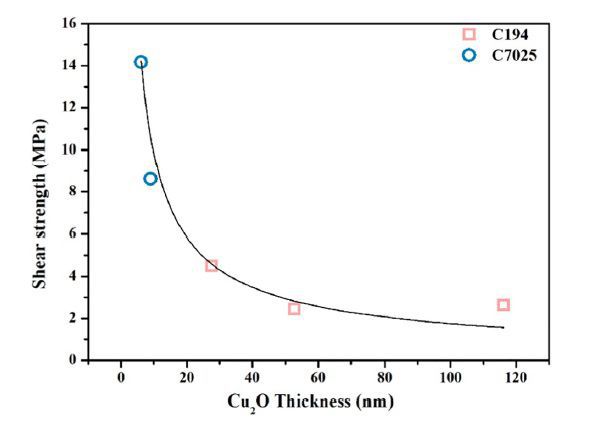
設施農業:綠能設施開發【材料系宋振銘教授】

